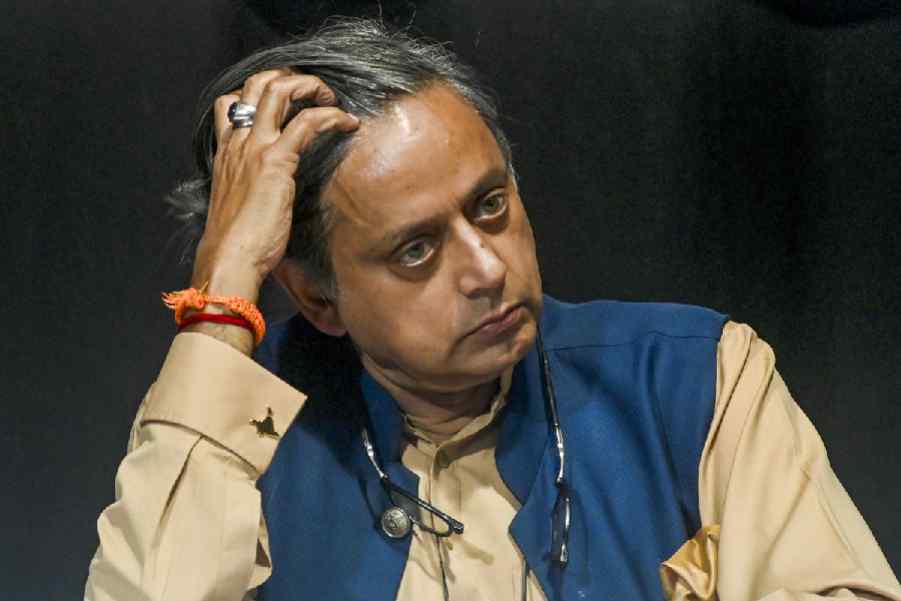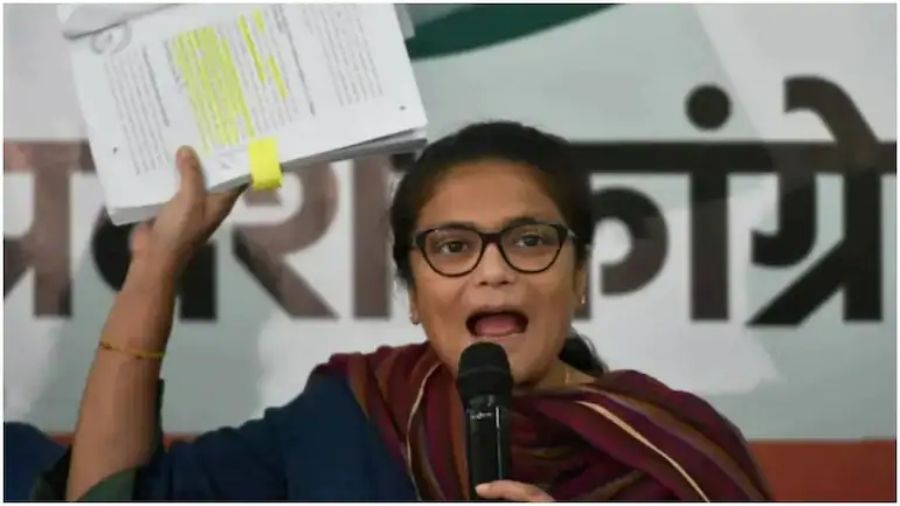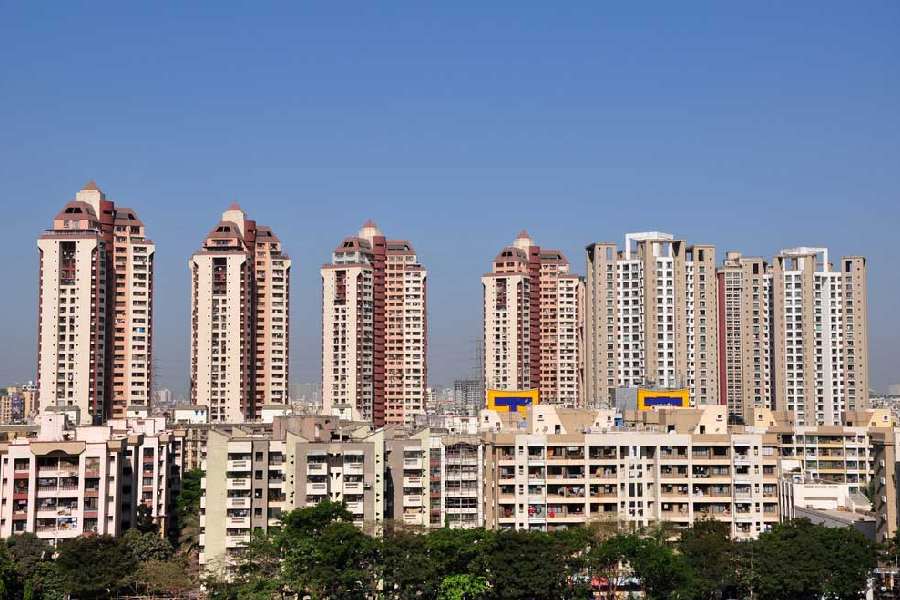 |
 |
 |
| STYLE MEETS SUBSTANCE: (From top) Harry Gugger, a partner at Herzog & de Meuron. The Beijing Olympic stadium, designed by the same firm. And The Tate Modern in London |
Imagine Dan Brown’s The Da Vinci Code being set in Calcutta. Imagine the Kolkata Museum of Modern Art (KMOMA) replacing the Louvre in Paris. Imagine catching a glimpse of the enigmatic Mona Lisa in Rajarhat, just a few kilometres from the city airport.
Far-fetched? Perhaps. But Calcutta may soon find its place of honour on the world art map. KMOMA hopes to carve a niche for itself among some of the best known art museums in the world, including the Museum of Modern Art in New York, the Tate Modern in London and, of course, the Louvre in Paris. And like some of the magnificent buildings that house works of art in other parts of the world, KMOMA — which is meant to collect, preserve and exhibit fine art in the Indian sub-continent — will showcase itself in an edifice that has already captured the imagination of the city’s architects and artists.
The museum has moved into its second phase, with the Swiss firm Herzog & de Meuron having been assigned the task of designing the museum on a 10-acre plot in Rajarhat. The design is still on the drawing board but KMOMA, clearly, will be a city landmark — if you go by Herzog & de Meuron’s new baby, the Beijing Olympic stadium, better known as Bird’s Nest for its intricate and dazzling network of steel girders.
“India can hardly boast of an art museum of world class standards. Now with KMOMA and Herzog at the helm, it is a double whammy for Calcutta,” exults artist Paritosh Sen, a member of the museum’s board of trustees.
For Calcutta — and the country — the building may end up redefining the concept of design in India. Over 50 years ago, Jawaharlal Nehru appointed Le Corbusier to design Chandigarh — and even now his work is held up as an example of accomplishment when architectural standards in India come under the scanner.
That India has little to show in the field of architecture is an issue that stirs up the architect community. Of course, apart from Le Corbusier, other international architects have pitched in to showcase their designs in India. Ahmedabad’s Indian Institute of Management reflects Louis Kahn’s trademark style of veering towards monolithic masses resembling ancient ruins. Christopher Charles Benninger designed the Mahindra United World College of India, near Pune. British-born Laurie Baker planned the Fishermen’s Village in Poonthura in Kerala, while American Joseph Stein gave shape to the India International Centre in New Delhi.
But on the whole, many argue, architecture in India has been more aimed at filling space than making a bold statement. “For most Indians, architecture is a problem-solving exercise,” says Delhi-based architect Gautam Bhatia, author of Punjabi Baroque and Other Memories of Architecture. “It is akin to a formula; so it lacks the elements of surprise and celebration. As if that isn’t bad enough, we often let others do the thinking for us. That is why the Indian skyline is dotted with buildings and malls which are either dreadful, second-rate copies of those in the US and Europe or are functional buildings with glass and steel facades reflecting a mindless application of borrowed traditions.”
There is no dearth of talent, so where does the problem lie?Architects cite budget constraints, less exposure to superior architectural works and clients who only want to play it safe. Many stress that planners are wary of out-of-the-box designs — such as the Hong Kong airport, designed by Sir Norman Fraser. The airport rises out of the South China Sea and looms on the horizon like a giant sea creature.
“Architecture is a combination of art and technology,” stresses architect Hiren Chaudhuri, the man behind Dakshinapan, a shopping-cum-commercial complex, and Webel Bhavan, both in Calcutta.
“While designing space, we need to take the environment into account, apart from the interplay of open spaces and built forms. But we tend to overlook those factors and concentrate on a glossy finish which may have form but no substance or character.” More often than not, he adds, good ideas are thrown to the winds by city developers and town planners. “The result: ugly architectural masses lacking in aesthetics and imagination are labelled as fine pieces of architecture, ironically reflecting nothing but bad taste.”
 |
| INDIAN IDOL: The NIFT building in Delhi’s Hauz Khas was an attempt at architectural innovation |
To be sure, some domestic architects have undoubtedly done quality work. India can boast of Raj Rewal’s design of the Parliament library that runs underground, Charles Correa’s Navi Mumbai or the Sabarmati Ashram in Ahmedabad, S.K. Das’s Andrews Ganj housing complex in New Delhi whose design is often studied by architecture students in India and abroad, and Balkrishna Doshi’s National Institute of Fashion Technology building in New Delhi, which has been described as exuding the ambience of an “inward” bazaar.
A few architects, in fact, believe that Indian designers can rise to a challenge. “Yet between Le Corbusier and Herzog, we seem to have made no progress,” says a disappointed A.G. Krishna Menon, a Delhi urban planner and founder member of INTACH. “Every time there is an important project, it gets handed out to foreigners. It’s high time we started developing home-grown talent.”
But KMOMA — the first tripartite venture between the Centre, state and the private sector — had specified a strict set of qualifications for its designers. Accounting for the formal process of Herzog’s selection that stretched over two years, Rakhi Sarkar, KMOMA managing trustee, says, “The container is as important as the content.”
An architectural committee was set up with industrialists B.M. Khaitan, real estate developer Pradeep Sureka, artists Jogen Chaudhuri, Ganesh Pyne, companies like ITC, architect Das and members of the state department of culture.
The architectural firm chosen, the committee emphasised, would have to have to its credit two or three museums of world class standard built in the past five to seven years; it must have a sense of urban history which should be reflected through its works; and must have a global presence. Indian architects failed to meet these criteria.
Herzog & de Meuron fit the bill, primarily because of its fresh approach to design, its ability to combine form and substance and its adaptability quotient. And many designers in Calcutta welcome the arrival of the firm. “The work of Harry Gugger (a partner at the firm) will set a benchmark for Indian architects. Herzog’s approach towards design is unique, its depth is amazing, and functional and technical analysis is a cut above the rest,” says architect Dulal Mukherjee, the man behind one of the most expensive residential projects, South City, in Calcutta’s Anwar Shah Road.
Clearly, not all architects are bitter or cynical. And Das advocates setting up a commission for public spaces to ensure that new developments take into account a city’s urbanity, character and ethos.
That is precisely what Herzog & de Meuron hopes to do. That is why the Tate Modern emerged effortlessly from the transformation of Giles Gilbert Scott’s mid 20th century power station. The design for the Tate Modern 2 is its exact opposite, erupting into an exuberant asymmetrical gothic, freed from the formal geometry of the power station.
All, then, it appears is not lost. Herzog & de Meuron can go a long way in reviving the rich pre-colonial and colonial heritage that once did India proud. And perhaps Dan Brown will one day think of an Indian architectural marvel as the background for a new best-seller.











